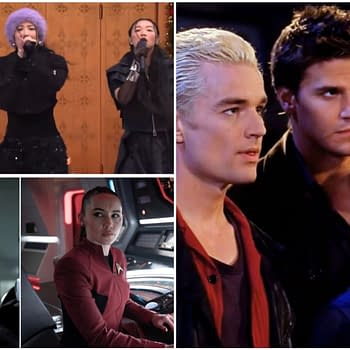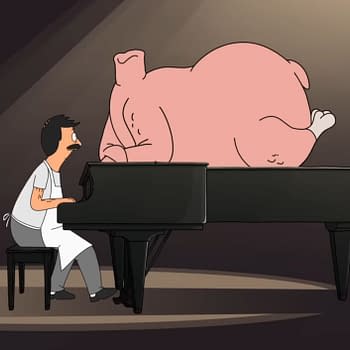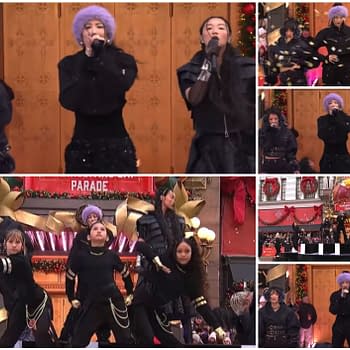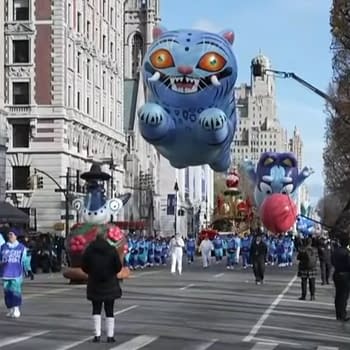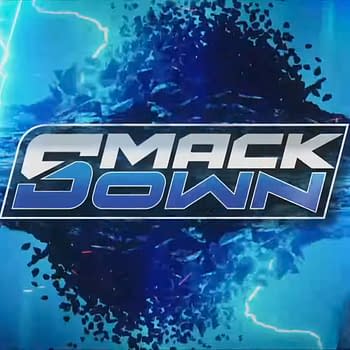Posted in: Movies, streaming, TV | Tagged: amptp, animation, the animation guild
Animation Guild, AMPTP Reach Tentative Agreement: Details Released
The Animation Guild (TAG) and AMPTP reached a tentative agreement. Here's a look at the details that the union released this afternoon...
With the December 2nd revised deadline looking, The Animation Guild (TAG – IATSE Local 839) and the Alliance of Motion Picture and Television Producers (AMPTP) have reached a tentative agreement, with the union confirming the news in a statement on its website. "The Animation Guild, IATSE Local 839 (TAG) reached a tentative agreement with the Alliance of Motion Picture and Television Producers (AMPTP) on Nov. 22, 2024. The agreement is the result of multiple rounds of negotiations over the course of more than three months," the statement began. Noting that there were "substantial gains achieved" in terms of issues such as wages, job security, and the growing threat posed by Generative AI, the new three-year agreement (which would need to be voted upon by the union's members) includes the following points highlighted in TAG's statement (though specific details will be needed sooner rather than later):
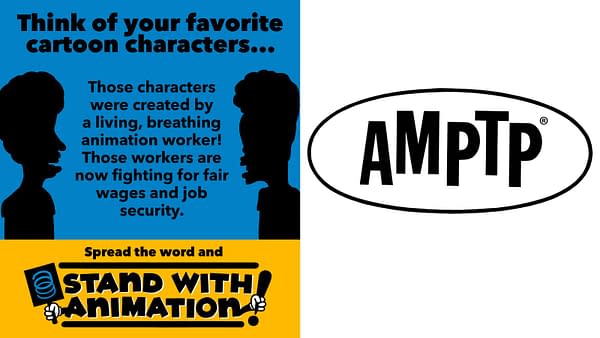
● Increases to health and pension funds with no cuts to healthcare benefits or added costs to members.
● Wage increases: 7% in the first year, 4% in the second, and 3.5% in the third.
● AI protections that include notification and consultation provisions.
● Improvements in the new media sideletter (aka Sideletter N).
● Protections for remote work.
● New bereavement leave and additional sick days.
● Recognition of Juneteenth as a holiday.
● Craft-specific gains, including a framework for staffing minimums for writers and significant wins for storyboard artists.
"After weeks of negotiations that covered months in the calendar, I am very proud of the agreement that we reached with the studios for our new contract. Not only have we seen the inclusion of the advancements in the industry realized by the other Unions and Guilds, but we were able to address industry-specific issues in a meaningful way. I am incredibly proud of the almost one hundred TAG members that volunteered their time and efforts to work through these negotiations," shared Steve Kaplan, TAG Business Representative, in a statement. "Our Table and Support Team members were stalwart in their resolve to achieve all that we could during these discussions. As always, this new agreement gives us a solid foundation to work with as we work to keep our industry strong over the next three years."
The negotiations were considered to be even more pivotal to the members of the union than ever – coming at a time when the animation industry continues to pay the price for studios and streamers making some really bad decisions in the midst of "The Great Streaming Wars" – all in the name of wanting to be (and beat) Netflix. What makes this situation even worse is that the same animation industry that's currently fighting for its very survival is the same animation industry that stepped up to help out the studios and streamers when the industry ground to a halt from a global pandemic.
Then there is the all-too-real danger posed by Generative Artificial Intelligence (or Gen AI), which not only eliminates the human creative aspect of the art but could also prove devastating to the number of current creative jobs. On their website, TAG notes that an impact study conducted in conjunction with CAA and CVL Economics showed that without proper checks & balances and guardrails in place, 29% of animation industry jobs could potentially be disrupted over the course of the next three years.
In terms of job loss/unemployment rates within the animation industry, show cancellations/write-offs have, "Through anecdotal research and internal surveys" done by TAG, resulted in an estimated "one-third of TAG's animation workforce" having been laid off over the past year. In addition to show cancellations/write-offs, union members are also facing the threat of outsourcing. What ends up happening is that LA County animation studios send out work to studios in Asia and Europe, and then those studios reach out to animation industry members in the U.S. to offer job opportunities – at a lower rate and without the benefits and protections that union members received.







